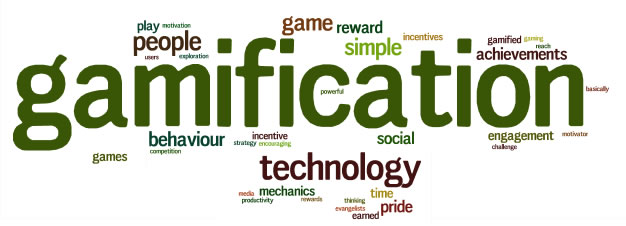To move on I want to look at how you can easily get Gamification very wrong. When it goes bad, it goes really bad. What you think makes something entertaining and engaging can actually have the exact opposite effect. This is especially true with online learning materials, or e-learning.
Just because you add pretty graphics and you’ve added some animations doesn’t mean you’ve created a good gamified piece of e-learning. If what you’ve added actually makes it harder to complete the e-learning module then you failed.



